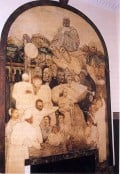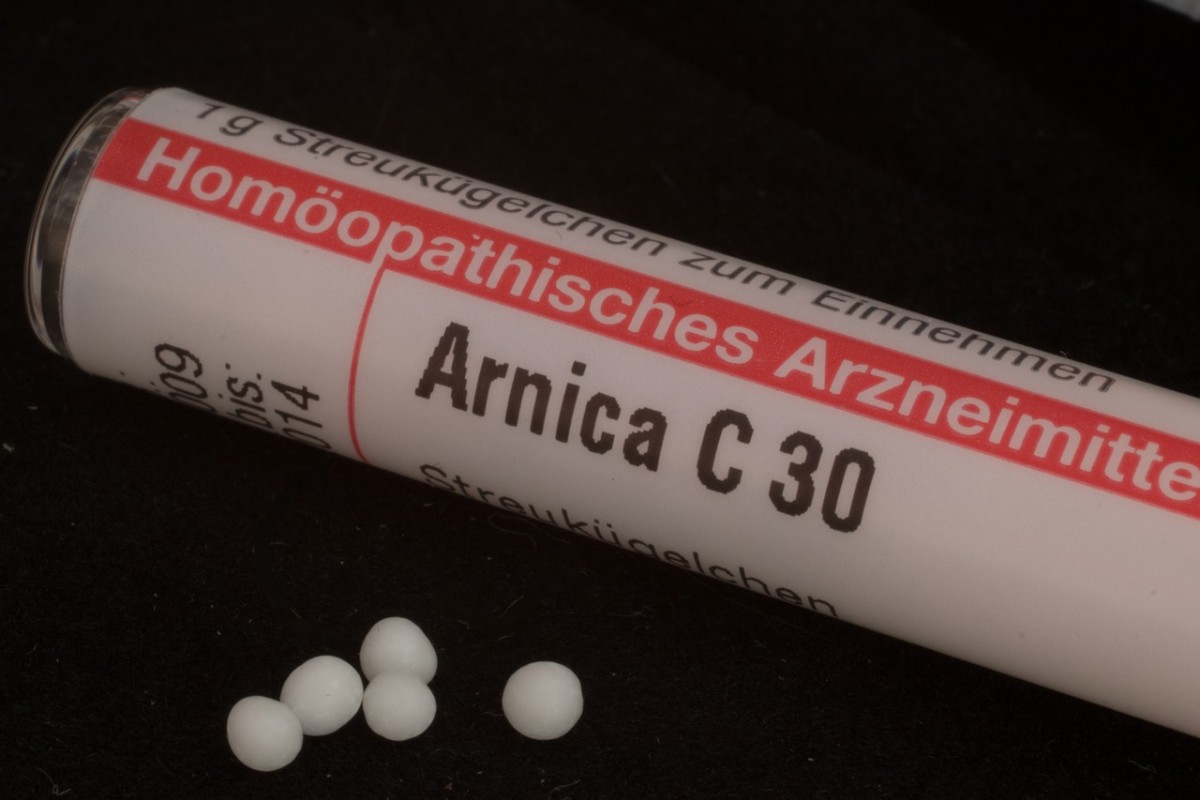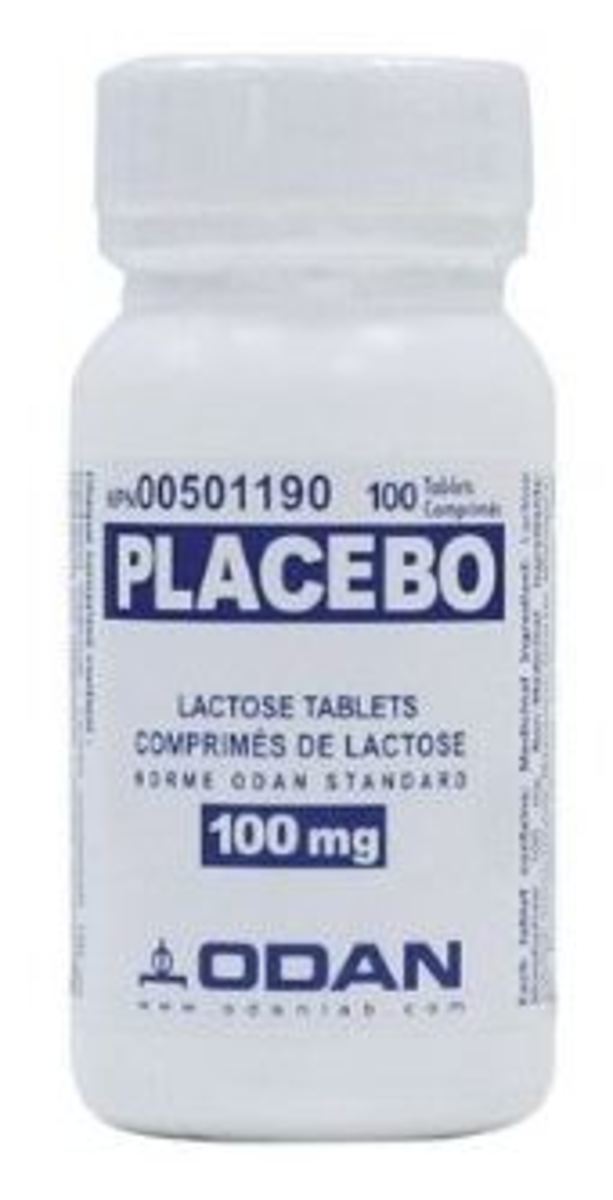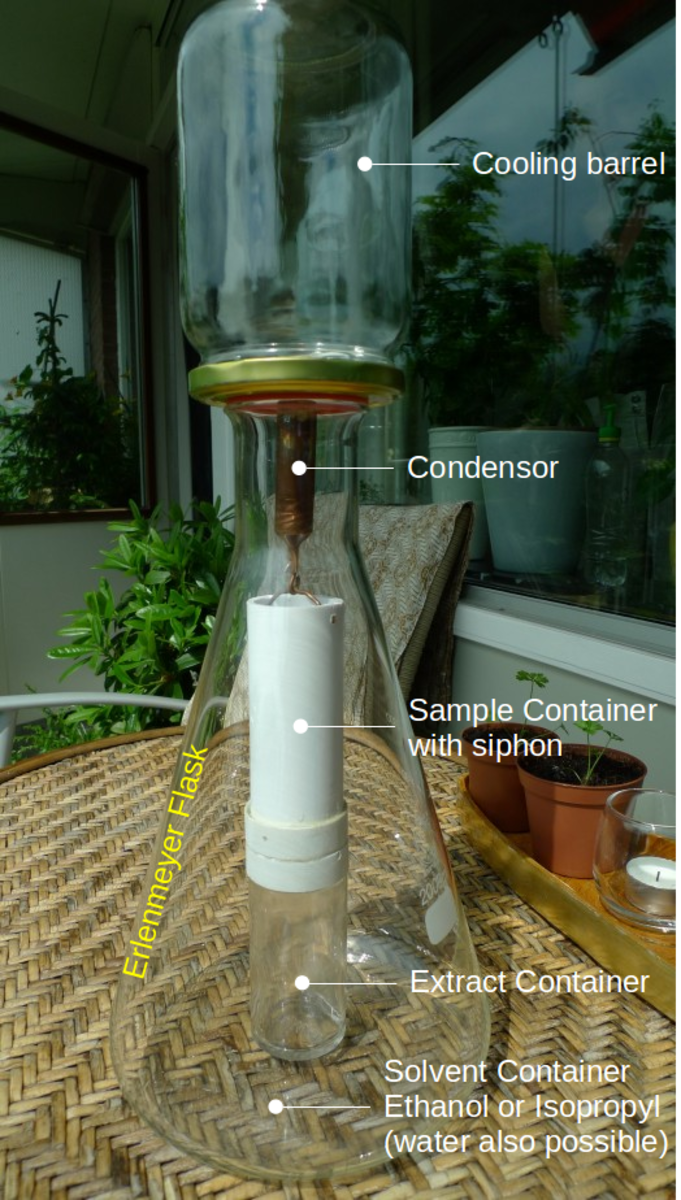Homeopathy-Treatment and Diagnostic Methods

A homeopathic physician is guided by these fixed principles:
- Similia principle or the law of similars (whereby any substance that can cause symptoms when given to a healthy person, can help to heal that person who is experiencing similar symptoms) [1]
- Cure can be understood by potencies [2]
- All true diseases of the internal flow from the centre to the surface as follows [2]:
The interior of a person (consciousness, will and understanding)
→Vital Force →Material Body(Exterior of a person)→ Connected through nerves and blood with every cell in the body
- All true diseases are miasmatic [1,2]
- The nature of sickness happens first as a disordered state on the interior which later expresses outwardly by signs and symptoms [2]
- Totality of symptoms is the key guide to perceive what needs to be cured in disease [2]
- The need to understand what is curative in a remedy by studying as a whole to grasp its full essence [2]
- The physician has to know how to adapt the remedy to the disease through [2]:
*Matching the totality of disease
*Preparing the medicine in the correct fashion
*Dispense medicine in the right quantity
*Repeat the dose at the correct time
*Understand obstacles to recovery and remove them
- The direction of cure should originate from within outwards, from above downwards, from more important to less important organs and in the reverse order of manifestation [2]
The major method of treatment employed by homeopathic physicians is guided by the fundamental Law of Similars [3] . It is called the Remedy Reaction [3]. Drugs or remedies are selected based on this law act as curative agents [1,3]. In homeopathy, we refrain from suppressing the manifestations of disease [3]. According to Hahnemann, any substance that can cause symptoms when given to a healthy person can help to heal that person who is experiencing similar symptoms [1]. Its application requires exacting methods of precision because an exactly similar drug alone (single remedy) is needed to prove curative [3]. To ensure this precision, the patient has to be observed closely as an individual instance of the disease and taking note of characteristic features that render it unique and thus aid in the selection of a remedy; the principle of individualization [3].
Description of the “Remedy Reaction” treatment method [3]:
- Where only one remedy can be exactly similar at a given time
- Administration of the exactly similar remedy is given in relatively large doses which led to a sharp initial aggravation of the clinical state which is followed by amelioration and finally a cure [3]
- Involves the progressive reduction in dose until the minimum effective dose to affect patient favourably is achieved [3]
- This progressive reduction in the dose ensures adequate dispersion in the diluting medium through the processes of trituration and succussion to achieve Potentization of a remedy [3]
- Close observation is imperative to record the changes brought on by the similar remedy in the diseased state and classified [3]
- The observation data is later interpreted in terms of patient susceptibility, the nature and stage of a disease and the drug’s capacity to affect the Life Force [3]
Other Methods of treatment used by Homeopaths & their descriptions:
(a) Repertorization [3; pages 322-326]
Due to the difficulties of selecting a single remedy that is exactly similar to the disease portrait, this technique of Repertorization was developed. It also serves the same aim of selecting a Similimum. It promotes scientific homeopathic prescribing [3].
- Involves the use of a glossary of symptoms and their corresponding remedies to help in the selection of an appropriate remedy based upon detailed observations of a patient’s symptoms and medical history. There are now computerized methods available.
- The fundamental principle of repertorization is from generals to particulars [3; page 89]
(b)Homeopathic Posology [3; pages 14-15, pages 324-325)
- Involves the understanding of rules governing selection of the dose and its repetition founded upon the basis of a firm understanding of the susceptibility and remedy reaction and the Law of Dynamics
- Restores balance by applying the minimum dose necessary to effect change
- As soon as change is observed, further stimulation is stopped until the effect of the previous stimulation has worn off (as shown by the return of symptoms that had disappeared under the action of a single remedy)
- Takes into account critically evaluated clinical experiences of reputed Homeopathic prescribers
(c)Chronic Disease and Miasms [3]
- Involves the use of the theory of chronic disease to account for frequent relapses in certain cases regardless of homeopathic treatment
- Pertains to three defective constitutions of the Psora, Syphilis and Sycosis with corresponding groupings of drugs that are classified into three corrective types
Appropriate Homeopathic Diagnostic Methods and descriptions
A complete diagnosis gives the physician a full comprehension of the patient’s personality, their constitution, the mechanism of the production of both objective and subjective symptoms, the location i.e. affected tissues and organs, pathological changes (type, degree and extent), the pathogen, the induced psychological disturbances and accompaniments and pathogenesis [3; page 29]. The prescription in homeopathy is determined by the detailed study of symptomatology [3].
The method of diagnosis can be summarized in the following steps:
-Accurate unprejudiced observation
-Cross-sectional Study of Patient
-Longitudinal study of the patient
-Diagnosis of disease
-Diagnosis of patient
-Diagnosis of the homeopathic remedy
These involve the interview which requires skilled listening and interrogation which leads to an assessment and maintaining clinical records.
Tools:
*The clinical record is kept in such a manner as follows [3, pages 78-80]:
- History (in patients’ own words; written out by patients and the intensity of symptoms are indicated in numerals e.g. Burning 3, Stitching 2, Numbness-ordinary )
- Additional Symptomatology from Interrogation
- Findings of Physical examination and Results of Investigation
- Diagnosis
- Chronological sequence of symptoms
- Case Analysis; Classification of symptoms (list 1 and 2 above recorded in red ink and classified into General, Mental, Particular, Amelioration and Aggravation)
- Case synthesis (involves the conversion of symptoms into rubrics and their synthesis in Repertorial Analysis. Record symptoms on which prescription is based on and reasons for excluding other remedies)
- General line of treatment
- First prescription
- Follow up notes and follow up prescriptions and indications subsequently
*Analysis and Synthesis of the case (Repertorizarion) [3, pages 84-102]
- Evaluation and Analysis of symptoms: Identifies the evaluation of symptoms, causes, aggravations, amelioration, mental picture, unexpected deviations, cravings and aversions, characteristic particulars (usually only important in differentiating in the small group of remedies that have come up in the reportorial analysis)
- Conversion into Rubrics: Matching the patient’s symptoms to the corresponding headings (rubrics) in the repertory
- Permutations and combinations of rubrics:
-varying combinations of rubrics are tried out to see which one leads to the best solution to the patient case (Card Method of Rubrics)
- Construction and organization of the repertory while considering its limitations at the same time; physician has to be thoroughly conversant and familiar with the underlying principles guiding the repertory as well as be guided by their own relevant history and clinical experience
- Comarative Materia Medica: Useful in the final stage of differentiation. Important to study some rubrics diligently but when in doubt, consult the materia medica.
- Concordances/Relationships of remedies: This relationship is important when considering a second prescription when symptomatology has changed or in treatment of chronic cases where some acute trouble has come up
References
1) Wauters A., The Homeopathy Bible, 2007, Godsfield a division of the Octopus Publishing Group Ltd, London.
2) Dr Kent, James Tyler.,2012, Lectures on Homeopathic Philosophy, B.Jain Publishers (P) Ltd, India.
3) Dr Dhawale, M.L,2010, Principles & Practice of Homeopathy, Dr M.L Dhawale Memorial Trust, Mumbai.












